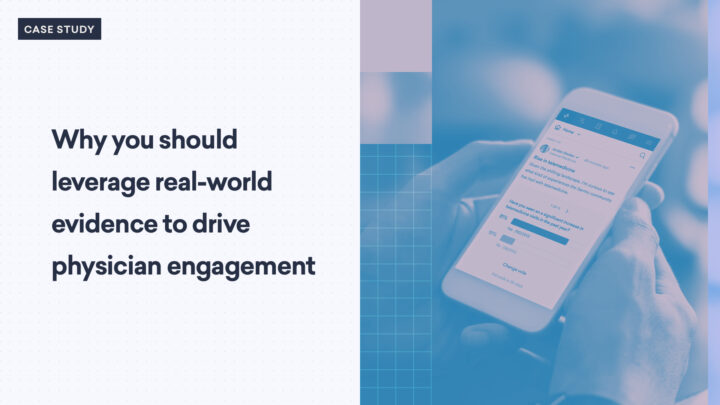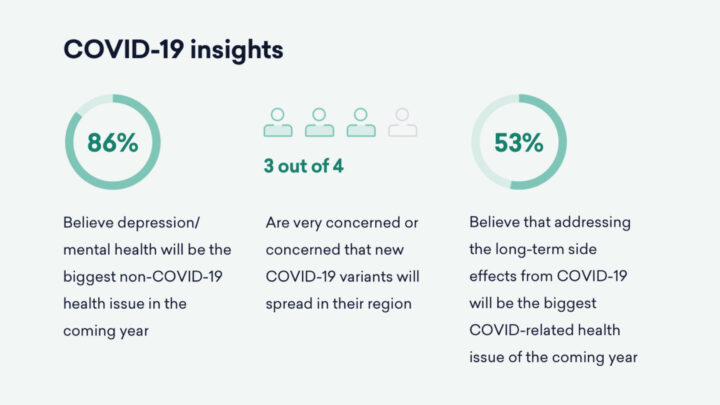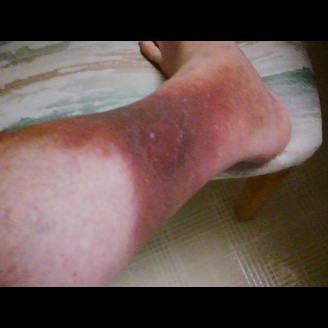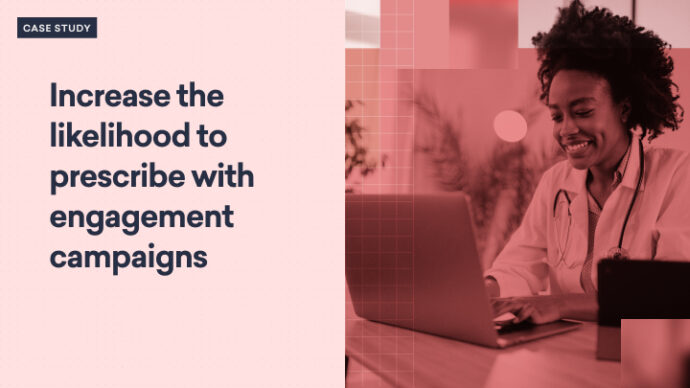
Strategic and targeted engagement campaigns are proven to drive growth and lead to higher prescription intent. But how do you know you are deploying the right strategies to the right audience with the right message?
Understanding how influential campaigns achieve success—especially among your intended physician audience—is the first step.
One pharma brand wanted to educate a specific segment of the healthcare community about recent study results of a Type 2 Diabetes treatment. This brand ran a multi-tactic campaign consisting of posts on the Sermo platform to educate and engage physicians.
Engagement campaign overview
Over 4.5 months, the Type 2 Diabetes brand leveraged the Sermo platform to deploy two posts to PCPs, Cardiologists, Endocrinologists, and target list physicians in the US. Messaging focused on Major Adverse Cardiovascular Events (MACE) reduction impact and highlighted specific clinical trial results.
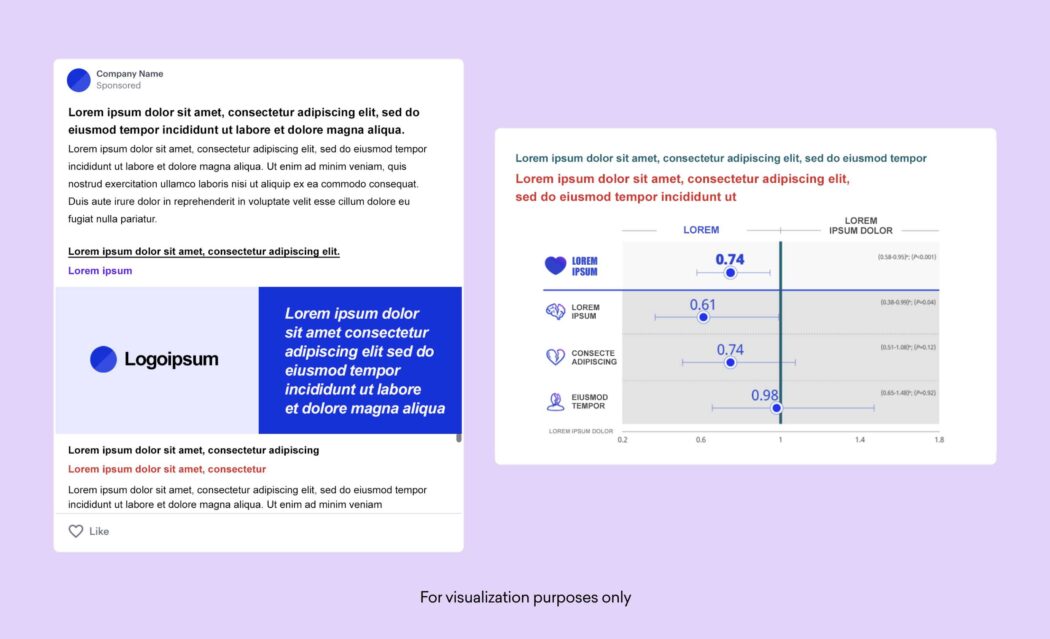
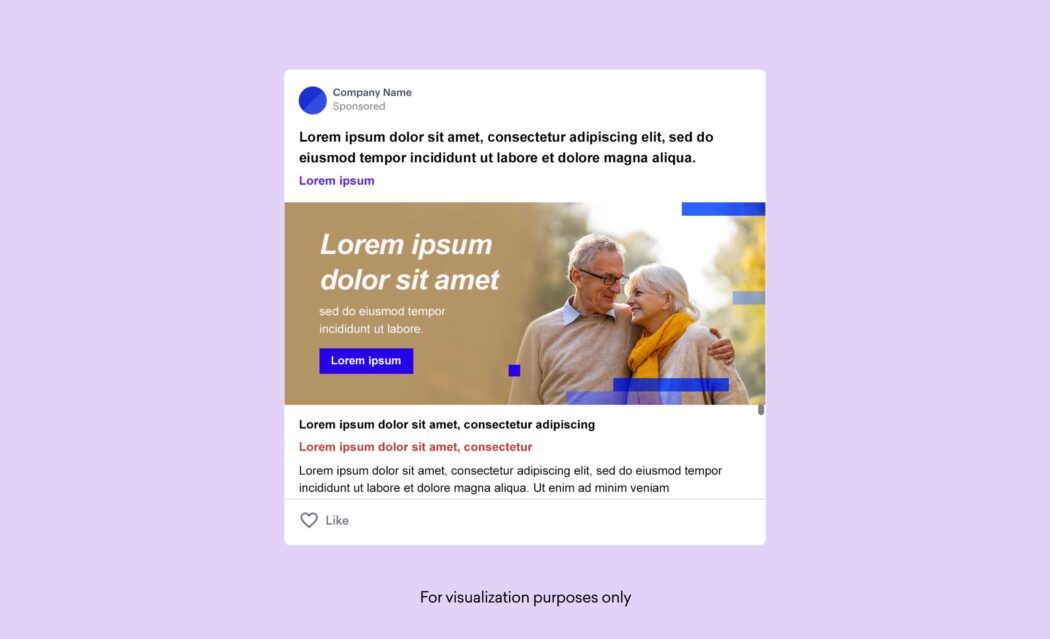
Campaign effectiveness study design
This campaign effectiveness study investigated the engagement levels of the audience exposed to the campaign and those who were not. The comparison between these groups provides an implied impact of campaign exposure.
Study qualification requirements
- Currently practicing PCP, Cardiologist, or Endocrinologist
- Board-certified or board-eligible
- In practice between 2 – 35 years
- At least 5 Type 2 Diabetes patients currently under care
- Test sample only: viewed one or both campaign posts
- Control sample only: was not exposed to campaign posts
Methodology:
- Online quantitative survey
- Fielded using Sermo’s RealTime platform
- Date: October 2022
Total sample: 305
Campaign impact
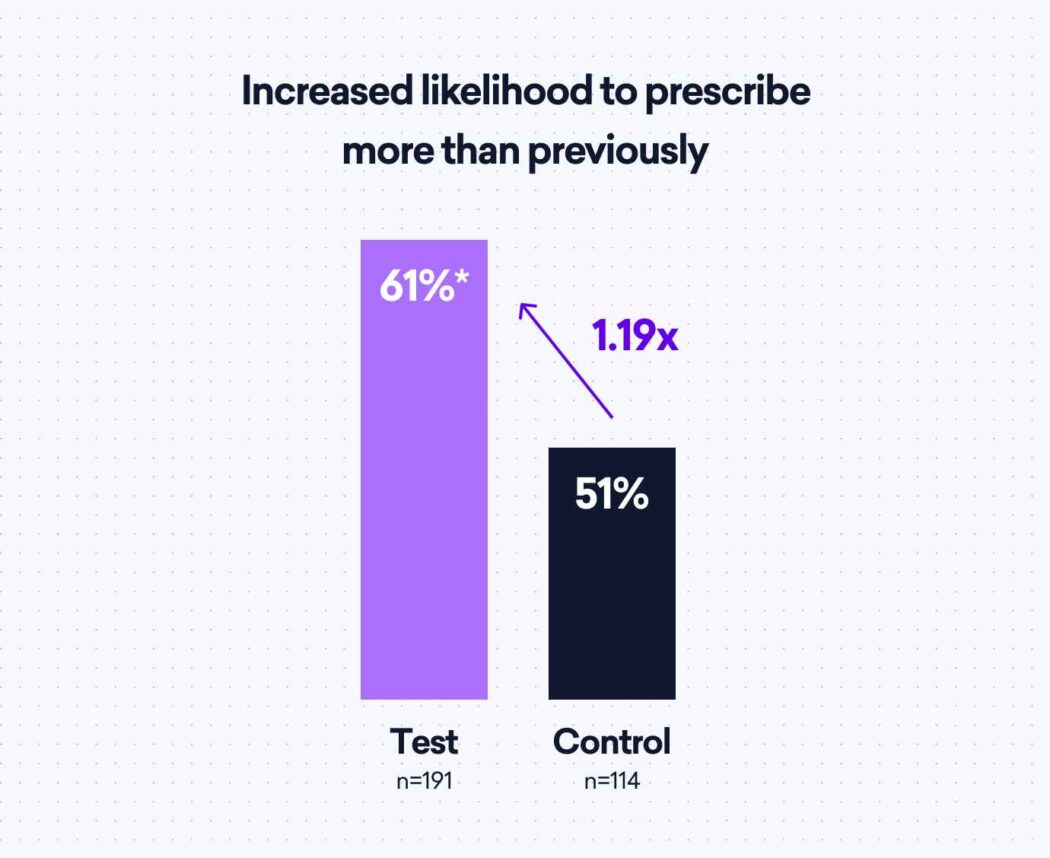
Key finding 1: Campaign exposure increased the likelihood to prescribe more than previously by 1.19x.
Implications: The campaign was effective in influencing physician interest in the brand—opportunity for follow-up campaigns to drive further growth.
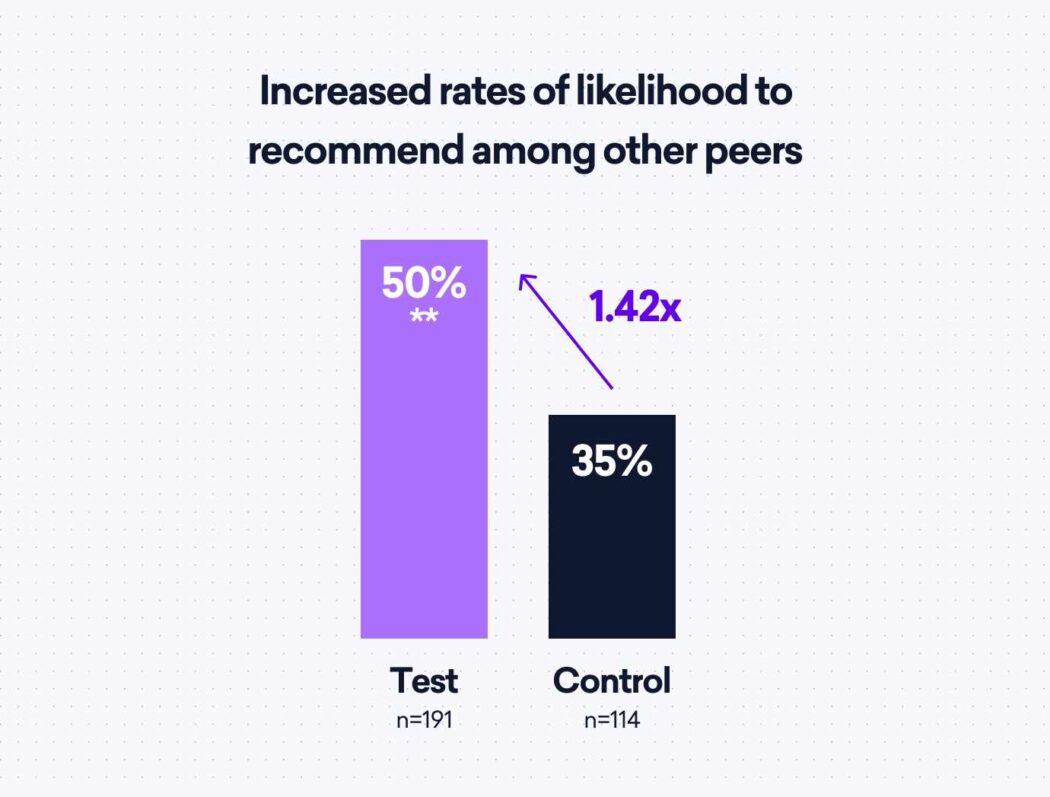
Key finding 2: Increased likelihood to recommend among peers by 1.42x.
Implications: Physicians rate peers as highly influential in treatment decisions—45% globally say peers are the most influential channel to influence their decisions.1 Campaigns that reference peer recommendations are likely to continue to drive utilization and move the needle to increase treatment rates.
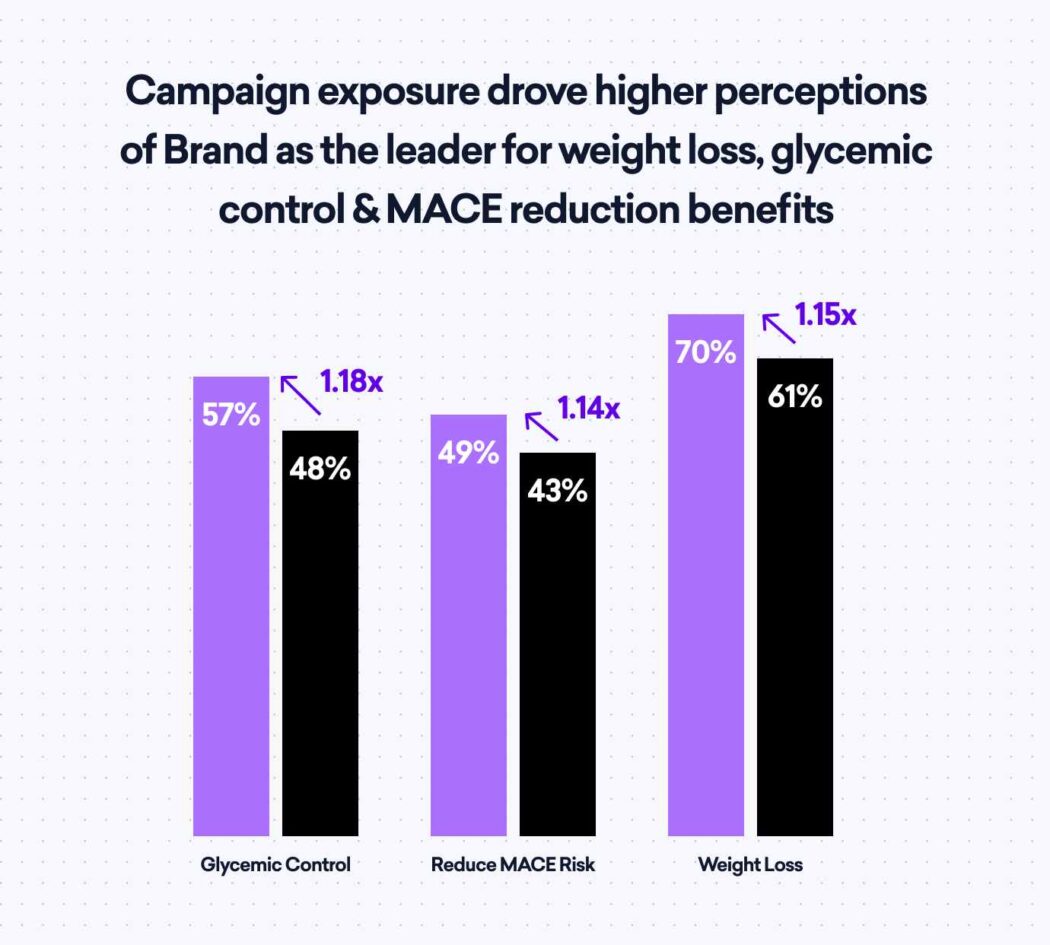
Key finding 3: Campaign exposure drove higher perceptions of Brand as the leader in glycemic control, MACE risk reduction and weight loss by 1.18x, 1.14x and 1.15x respectively.
Implications: Showcasing specific benefit statements from the campaign resonated with physicians, reinforcing the strategy of combining promotional messaging with clinical data. This tactic is the most effective way to change perceptions.
Campaign perceptions
Both the relevance and succinct presentation of clinical data were highly appreciated by physicians, with many surprised by the strength of the results.
“Positive reaction … specifically because it mentions CV event risk reduction, which is a very important part of my treatment plan for T2DM patients. It is informative, truthful and succinct”
Non-Target List Specialist
“Mind blown with how much it can help save lives and lower CV risk”
Target List PCP
Clinical data imagery was viewed as relevant and well supported with 2/3 of physicians very likely to prescribe more. The first post which supported key messages with clinical data was found by physicians to be more relevant and believable, providing clear evidence of why the medication is impactful.
The second post, which leveraged human imagery, was less effective in motivating to prescribe Brand more. Physicians did find human imagery similarly relevant and influenced future research.
Additional findings
Both PCPs and specialists who saw the campaign became more likely to prescribe the drug to more patients in the future. The campaign drove moderate lift in future engagement.
- +43% of PCPs now likely to tell peers about the drug
- +40% of specialists likely to Rx to most (or all) of T2D patients in the future
Relative to other treatments, post-exposure drove an even higher likelihood of physicians ranking Brand first for key treatment attributes like weight loss, glycolic control, and MACE.
—
On behalf of Sermo, thank you for checking out our blog post on Engagement Campaigns. This is just one of the many examples of native engagement opportunities and insights available with Sermo.
At Sermo, we turn physician experience, expertise and observations into actionable insights for the global healthcare community. Engaging with more than 1 million HCPs across 150 countries, we provide physicians with a social platform that fosters impactful peer-to-peer collaboration & discussions about issues that are important to them and their patients. Sermo offers on-demand access to physicians via a suite of proprietary technology to provide business intelligence that benefits pharmaceutical, healthcare partners and the medical community at large.
Interested in learning more? Check back any time and follow us on Facebook, Twitter and LinkedIn for the latest and greatest in healthcare insights.
To explore our exclusive business solutions, please visit us at sermo.com/business or email us at business@sermo.com.
